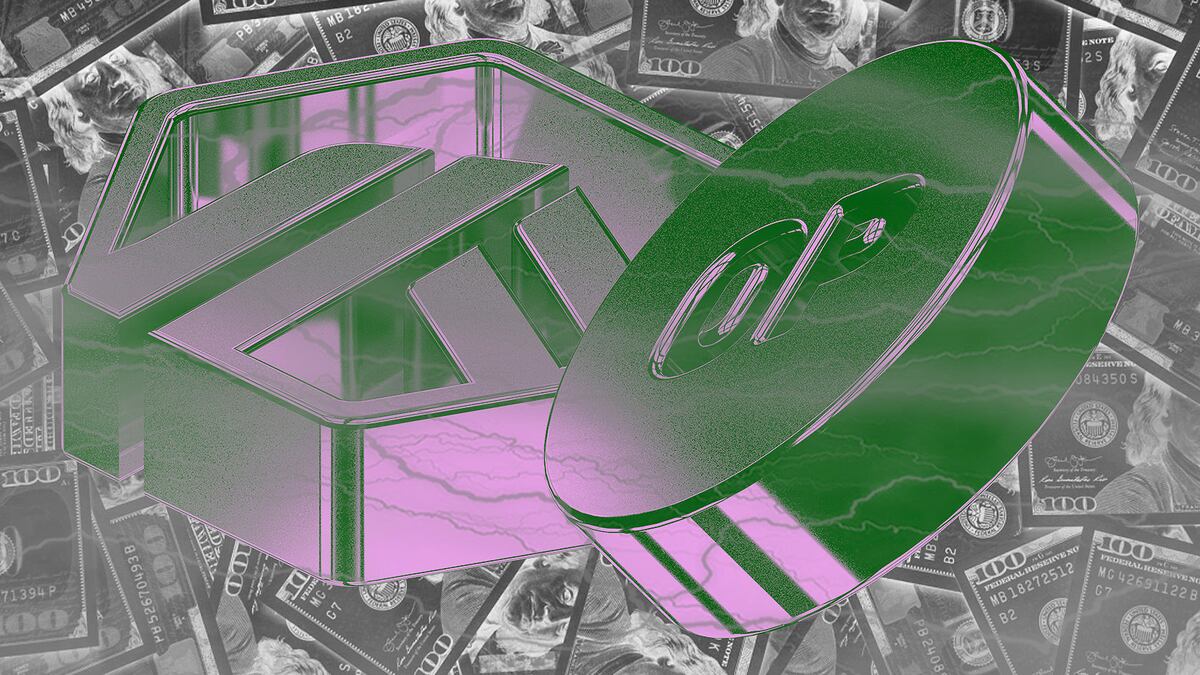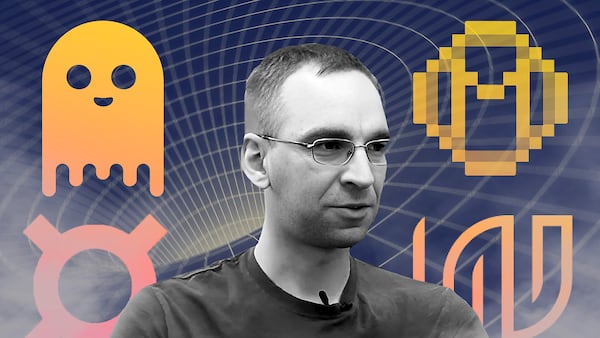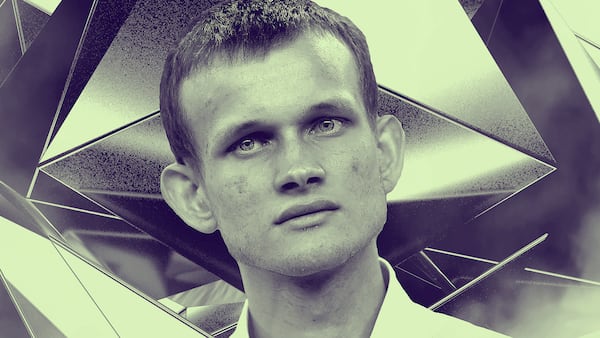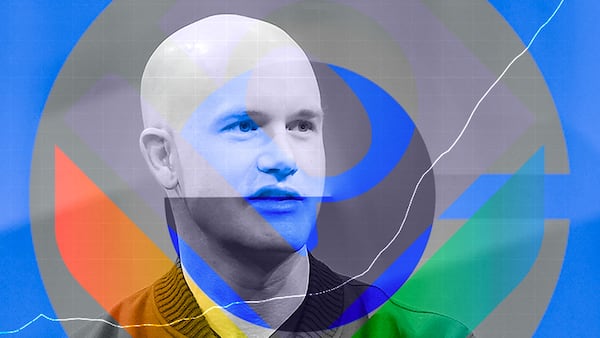- Top layer 2 blockchains Arbitrum and Optimism make millions in revenue.
- The profits are a by-product of layer 2s hedging against the ever-changing cost of Ethereum gas fees.
- Despite bringing in a combined $5.5 million in July, neither Arbitrum nor Optimism have put the funds to use.
Arbitrum and Optimism registered record combined revenue of almost $5.5 million in July, placing them among the most profitable ventures across all of decentralised finance.
However, the money is just sitting in their coffers, with Arbitrum’s community being gridlocked about what to do with the cash, and Optimism not yet reinvesting the revenue into its ecosystem, despite saying it will do so.
Surplus fees
Layer 2 blockchains are built on top of layer 1 chains like Ethereum. They are designed to help them scale by providing cheaper transactions and higher throughput.
Ethereum transaction fees are, however, hard to predict as they increase or decrease depending on how busy the network is.
That’s risky because layer 2 blockchains must charge for the costs of relaying transaction data back to Ethereum in advance for every block.
The solution is to charge users slightly more than necessary to create a buffer against price volatility, Steven Goldfeder, CEO of Offchain Labs, the company behind Arbitrum, told DL News.
That has the added benefit of creating a solid revenue stream.
Data from DefiLlama shows that Arbitrum, currently the top layer 2 with almost $2 billion worth of investor deposits in its various protocols, brought in $4.5 million in revenue from excess fees last month.
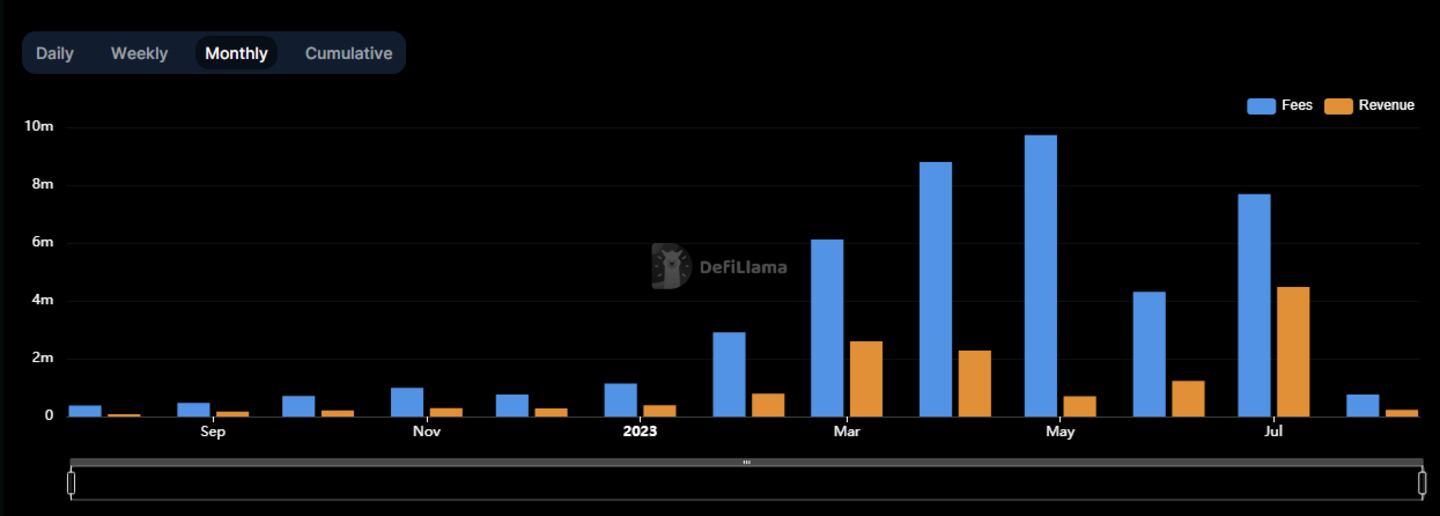
Optimism, the second-biggest layer 2 with $878 million in deposits, made a respectable $950,000.
The layer 2s now face the question of what to do with that extra cash.
What to do with excess funds
“Currently the net on-chain fees, i.e., gross layer 2 revenue minus layer 1 data submission costs, are unused and being held in various Optimism Foundation wallets,” Lynnette Nolan, head of communications for OP Labs, the company behind Optimism, told DL News.
And these unused funds aren’t a paltry amount. According to Nolan, Optimism has brought in 7,281 Ether with a current market value of $13.3 million since the layer 2 started operating in June 2021.
Arbitrum, which has made a similar amount of revenue since its August 2022 Nitro upgrade, faces a kindred situation.
According to Goldfeder, the surplus revenue Arbitrum brings in from processing transactions goes to the Arbitrum DAO treasury where it is “directly controlled” by the DAO. But the DAO is deadlocked over what it should do with the revenue.
NOW READ: ChainLight says ‘simple mistake’ derailed attempt to stop Curve hack
On the Arbitrum governance forums, DAO members have discussed distributing revenue to token holders, similarly to how a traditional company pays its shareholders a dividend.
However, several users have noted distributing funds this way would likely be a “regulatory nightmare.”
“This could easily turn ARB into a security and bar American citizens from participating in Arbitrum’s governance,” said one user posting under the name Cattin. “[It] could have more downside than whatever value we could get from this revenue-sharing incentive.”
The fear is that owning the ARB token may entitle holders to profits generated by the work of others — namely Offchain Labs.
This may class the ARB token as a security under the US Securities and Exchange Commission’s Howey Test framework.
Securities in the US need to be registered with the SEC, but registering is not a straightforward process.
Others suggest using the revenue for a grants programme to attract talented developers to the Arbitrum ecosystem.
So far, the DAO doesn’t appear close to producing a proposal for members to vote on.
No Optimism payout, yet
Optimism, on the other hand, has firmly committed to earmarking revenue for what it calls “retroactive public goods funding.”
This means the Optimism Collective — a band of companies, communities, and citizens working together to reward public goods — will use funds to retroactively reward Optimism-based projects that have delivered the most value to its ecosystem.
“RetroPGF is core to Optimism’s vision that impact should profit,” Bobby Dresser, general manager of the Optimism Foundation, told DL News.
“Most modern economies fail to support the public goods they depend on. If we can prove a better economic model for this Collective, we take one small step towards a better system for the world.”
NOW READ: How North Korea’s Lazarus Group used a fake job offer to steal $37m from CoinsPaid
According to Dresser, the specific allocations of RetroPGF funding are determined by the Citizens’ House, one of the Optimism Collective’s two branches of governance.
But the Optimism Collective has yet to distribute any revenue via retroactive public good funding. In its next funding round, which takes place this fall, the collective will allocate 30 million OP — the layer 2′s native governance token — instead of using revenue generated from processing transactions.
It’s unclear when the Optimism Collective intends to start distributing revenue to help the Optimism ecosystem.
Do you have a tip about Arbitrum, Optimism, or another story? Reach out to me at tim@dlnews.com.
